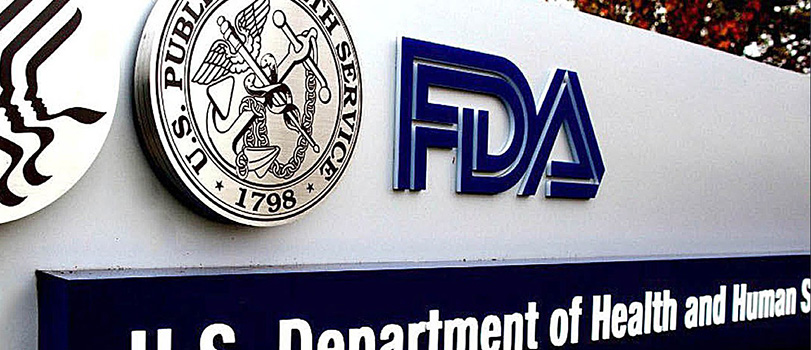FDA Deputy Commissioner Highlights Agency Focus on Food Chemical Safety

James (“Jim”) Jones, a former EPA official who now serves as FDA’s first Deputy Commissioner for Human Foods under FDA’s reorganized Human Foods Program, pledged to bolster FDA’s control over chemicals in food during his keynote presentation at the Institute for the Advancement of Food and Nutrition Sciences’ annual summer science symposium, held on June 4 in Washington, D.C. Jones warned that, without federal intervention, there could be a fragmented regulatory landscape as states and citizens advocate for restrictions on hazardous chemicals. At the symposium, Jones also stated that “food safety is not only protecting food from contaminants, but also ensuring that the chemicals that have been authorized for use in and with foods continue to be safe.” Further, he claimed that “Americans expect the FDA to be doing more in this area, both in bills introduced and passed, there is significant movement to ban certain food additives and to establish limits of environmental contaminants in foods. But a strong national food safety system is not built state by state. Clearly, having states issue these types of bans, while within their rights under our current regulatory system, is not ideal.”
At the same event, Jones also highlighted FDA’s publication of a list of select chemicals in the food supply under FDA review and the establishment of a team of five staffers “dedicated to post-market reassessment.” These initiatives are part of the re-energized approach of FDA’s Human Foods Program to enhancing food chemical safety. He also announced plans for the newly established reassessment team to evolve into a new office as part of the reorganization of the Human Foods Program.
Discussing the reorganization of FDA’s Human Foods Program, Jones revealed that the changes are slated to go into effect on October 1, 2024, after approval by Congress. Specifically, he underscored the Agency’s commitment to strengthening its risk management approach across programs and highlighted three key priorities for the Human Foods Program, which include enhancing food chemical safety. Jones noted that these changes are necessary due to the Human Foods Program’s wide-ranging responsibilities and its limited resources.